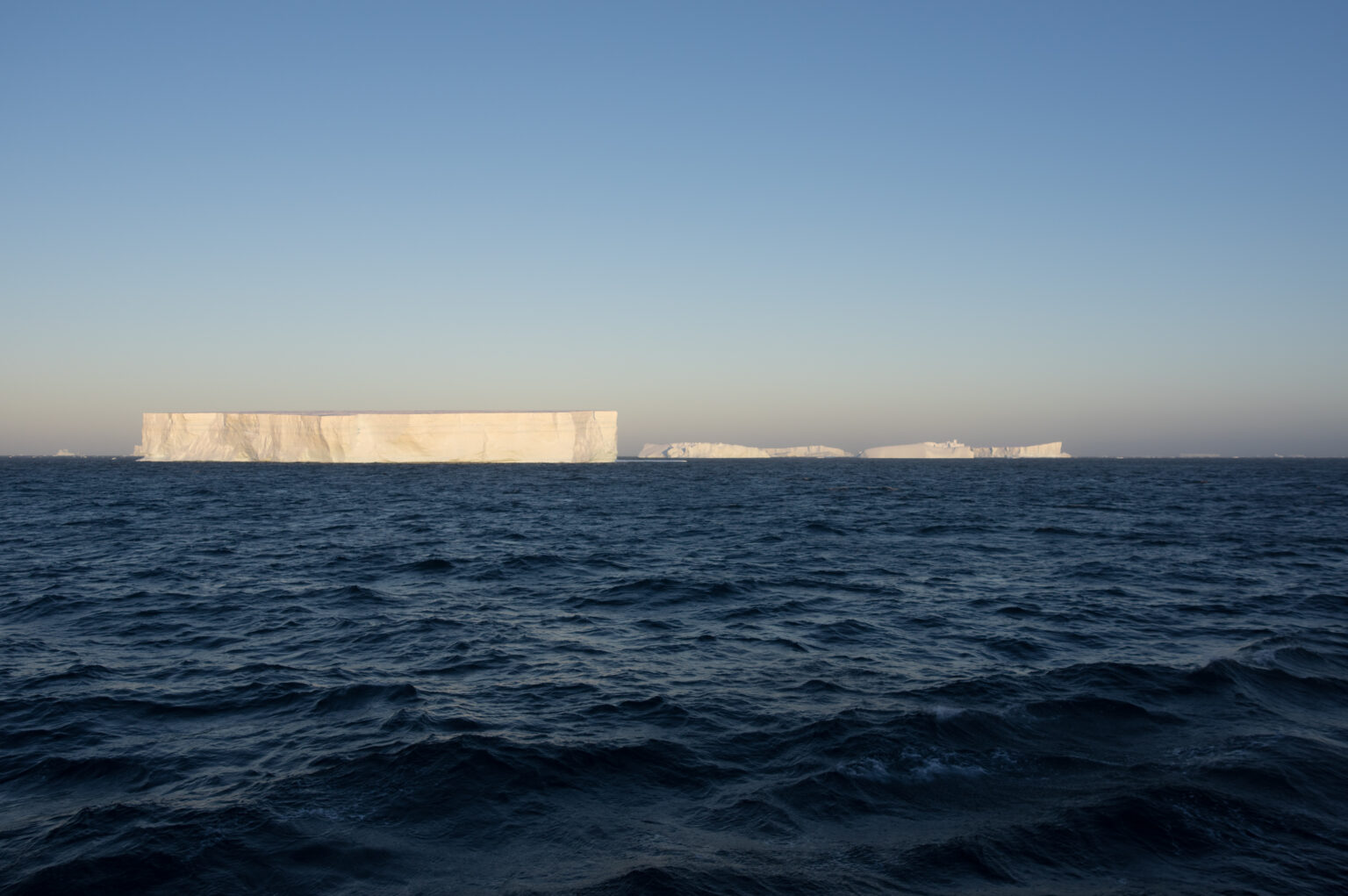Robot gliders scouted the waters around one of the world’s largest icebergs, A-68a, before it melted and broke apart into obscurity. This was the first time such a feat had been achieved, providing scientists with an unprecedented glimpse into how icebergs impact the ocean.
A-68a was sliced off from Antarctica’s Larsen C ice shelf in July 2017. The iceberg made up 12 percent of the entire ice shelf, amassing a surface area of 5,800 square kilometers (2,200 square miles). As it drifted across the Southern Ocean, it slowly but surely fell apart. By April 2021, the US National Ice Center declared “the end” of the iceberg because it had broken up into fragments that were too small to track. A-68a was no more.
However, scientists were able to make the most of its short but sweet journey. In February 2021, a team from the British Antarctic Survey (BAS) sent two submersible robotic gliders – named Doombar–405 and HSB–439 – to monitor the effects of the melting “mega-berg” on the ecosystem.
This isn’t an easy task. Icebergs are always on the move and drift unpredictably, making it challenging for scientists to track their impact on the ocean.
“This mission was far from straightforward. We were piloting the gliders remotely from over 12,000 kilometers [7,456 miles] away, each in our own ‘lockdown’ offices during COVID, relying on infrequent cloud-free satellite imagery to locate the iceberg and smaller icebergs around it,” Natasha Lucas, lead study author and physical oceanographer and honorary researcher at BAS, said in a statement.
“A-68a was constantly on the move, we sadly lost one glider, and the second glider got trapped under A-68a a few times. However, after it emerged victorious 17 days later with a wealth of data, we were able to quantify the processes involved as these giant icebergs melt,” she added.

A-68a was the biggest iceberg on Earth when it calved from the Larsen-C Ice Shelf in 2017.
Image credit: Povl Abrahamsen
The gliders gathered data on the surrounding ocean conditions, including salt levels, temperature, and chlorophyll, which indicates the presence of marine life. They also detected how much light bounces off particles in the water, helping scientists understand what’s floating beneath the surface.
The measurement showed that the massive iceberg was melting from below, disrupting a layer of cold water known as “Winter Water.” This layer forms when warmer summer waters trap the colder winter waters beneath and acts like a lid, keeping deep ocean nutrients locked away.
However, when the iceberg melts, it stirs things up. The breakdown of this barrier allows nutrient-rich deep waters to rise toward the surface, carrying essential minerals like iron and silica from the iceberg itself. This sudden influx of nutrients fuels microscopic marine life, mixing up a food chain that links the Southern Ocean’s creatures, like krill, fish, whales, and penguins.
Studying these hidden interactions is crucial, as they directly shape ocean biodiversity and influence how heat and carbon move between the ocean and the atmosphere. With climate change expected to produce more mega-bergs like A-68a, understanding their impact on marine ecosystems and the global climate system has never been more important.
“We think this is the first time measurements have been made so close to an iceberg – so it’s really ground-breaking stuff,” explained Lucas.
“The number of giant icebergs is increasing with climate change so it’s important that we understand the physical and biological processes that happen as an iceberg of this size melts, often far from its source. By mixing up these ocean layers – which are normally very stable in the Antarctic summer – the ocean’s temperature, its salinity and the amount of nutrients are all changed. This ultimately impacts how much heat and carbon is exchanged between our ocean and atmosphere,” she added.
The study is published in the journal Nature Geoscience.
Source Link: Robots Explored A Giant Iceberg In Antarctica And Found The Deep Ways It's Impacting Earth